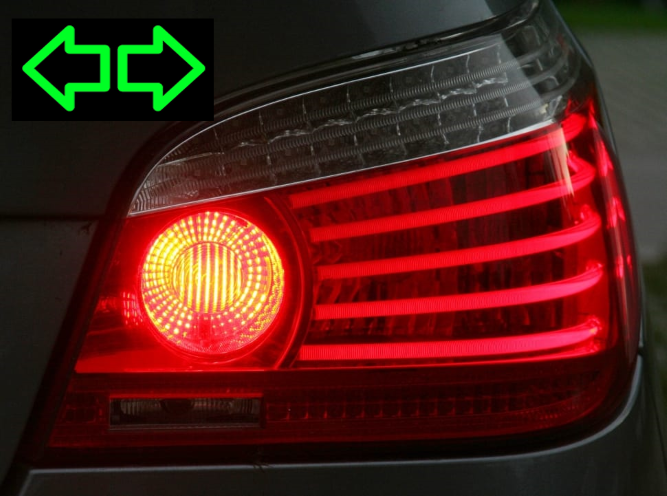? How long to signal before turning?
As a general guideline, it is recommended to signal your intention to turn at least 100 feet (30 meters) before making the turn. However, it's always best to signal earlier if road conditions permit. The earlier you signal, the more time you give other drivers, pedestrians, and cyclists to anticipate your actions and adjust their behavior accordingly.
In some situations, such as on highways or at higher speeds, it may be necessary to signal even earlier to provide ample notice to other drivers. Adapting your signaling based on the traffic flow and road conditions is important to ensure effective communication and safe maneuvering.
Note though that you don't signal so far in advance that it will be confusing to other road users or that they conclude that you have forgotten to neutralize your signal from a previous turn.
Remember, signaling well in advance not only helps others understand your intentions but also gives them time to react and adjust their own driving. It's important to maintain consistency in using your turn signals and to turn them off once the turn is complete or you have safely changed lanes.
⧋
🡄 Previous Page Next Page 🡆

